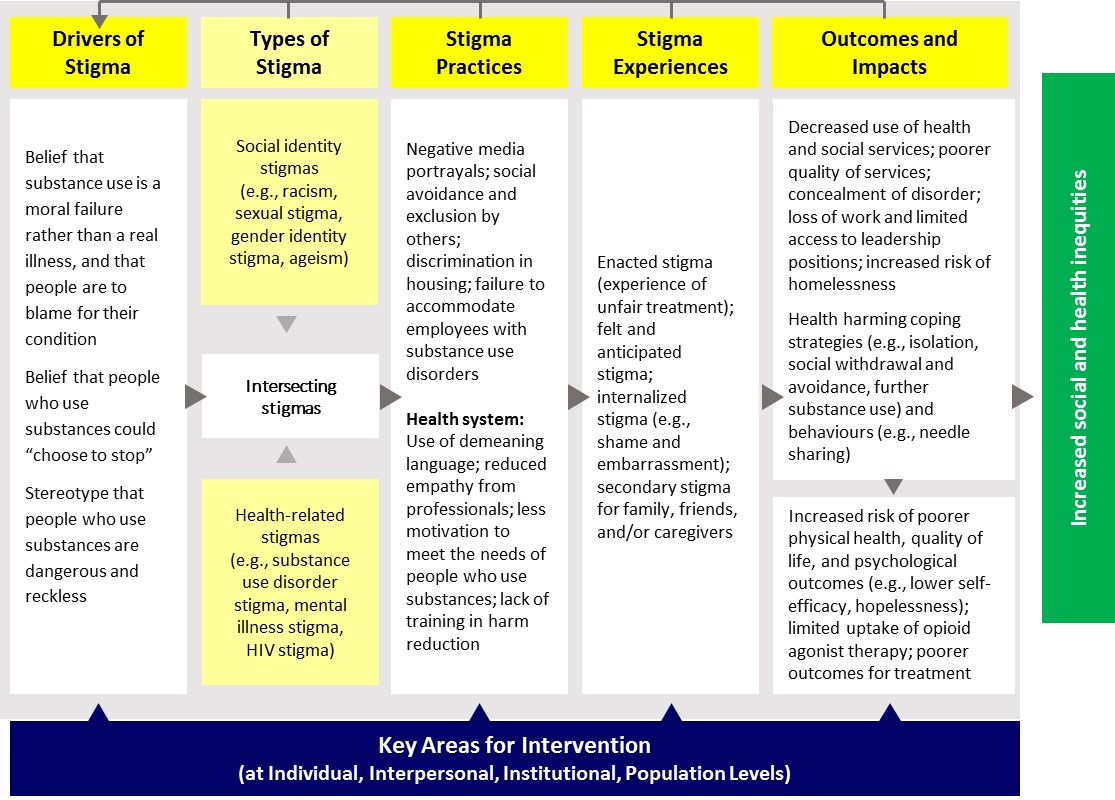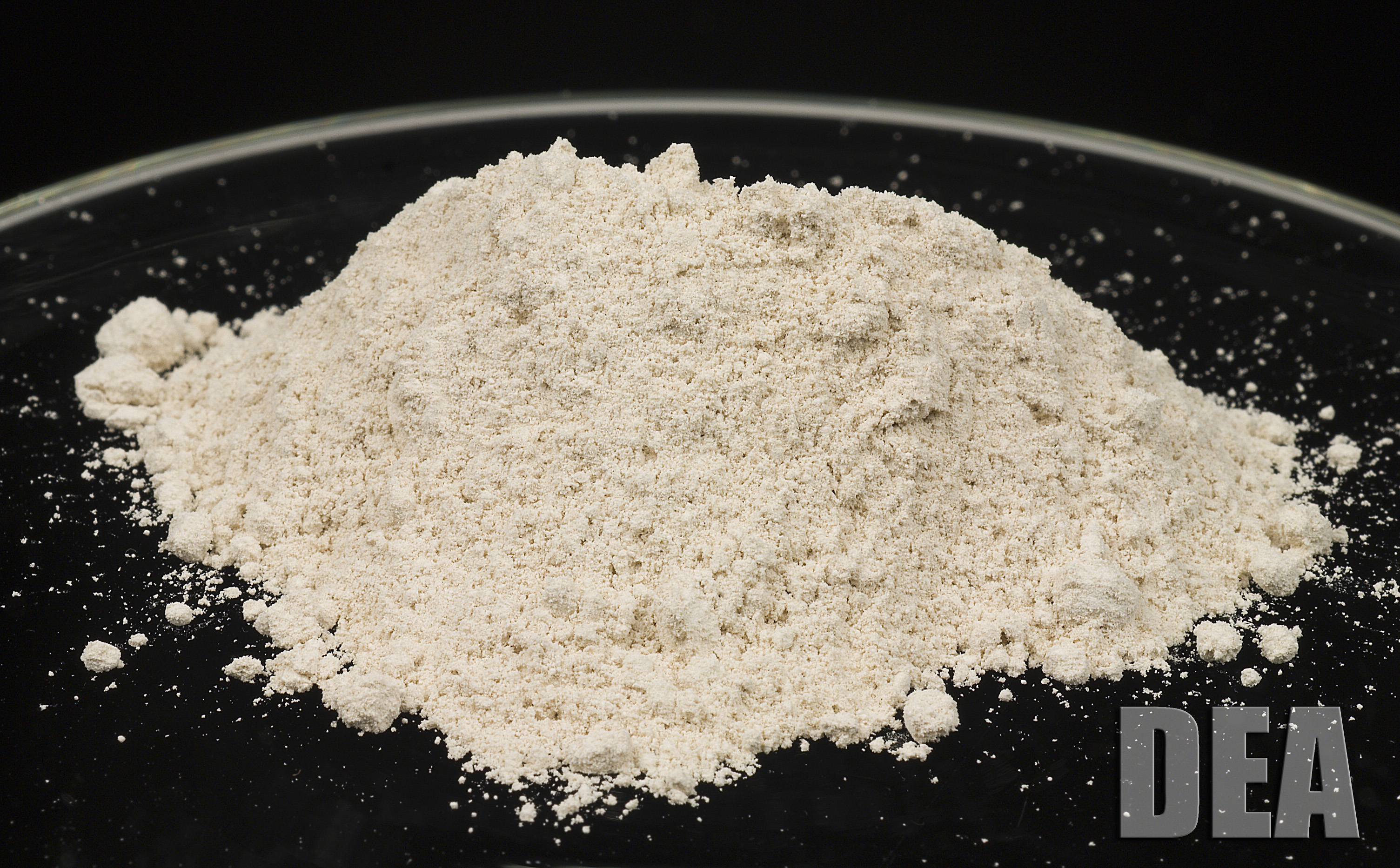It can't be treated, but it can be handled with treatment. Other examples of chronic diseases consist of asthma, diabetes, and cardiovascular disease. It is critical that treatment all at once resolves any co-occurring neurological or mental disorders that are known to drive susceptible individuals to explore drugs and become addicted in the first location.
3 Research studies released in top-tier publications like The New England Journal of Medication support the position that dependency is a brain disease. 4 An illness is a condition that alters the way an organ functions. Addiction does this to the brain, changing the brain on a physiological level. It literally alters the method the brain works, rewiring its essential structure. These institutions, dubbed farms by the sponsor of the legislation that established them, Agent Stephen G. Porter of Pennsylvania, were in reality special prisons for drug abuser, total with cells and bars. They were formally under the control of the Treasury Department, which was charged with the enforcement of narcotic laws but were staffed by PHS officers.
Eventually the Addiction Research Center, under the management of C.K. Himmelsbach, was developed at Lexington to determine the addictive liability of numerous compounds. Medicinal research study at the Lexington facility offered major contributions to the understanding of opiate and alcohol dependence and withdrawal, and consisted of research study on the metrology of opiate reliance as a physical or physiological phenomenon and on the result of methadone on opiate withdrawal - how does drug addiction affect the brain.
At that timein 1941a non-habit-forming analgesic to replace morphine had not been found. Nevertheless, numerous drugs had actually been evaluated, and specialists were enthusiastic that compounds with a more salutary balance of impacts, although still habit forming, may be established. Certainly, much of the mistakes of drug screening had been recognized.
Addiction liability was generally evaluated by substituting the test drug for a regular dosage of morphine in a morphine-dependent person and observing the outcomes. The relation of molecular composition to effect was considered but at a level that might not take into account the real shape of the molecule or the site on which it acted.
In 1947, the National Research study Council established a follower body, the Committee on Drug Addiction and Narcotics. Prominent among the reasons for this renewed activity was the appearance of methadone from German laboratories. Methadone had actually been alternatived to morphine to satisfy German needs throughout World War II. Scientists' substantial interest in methadone's possibilities, together with other unfunded concepts for scientific studies in the field, triggered the group to think about asking pharmaceutical manufacturers for contributions to a research study fund that the committee would administer.

This episode exposes the paucity of financing sources and the extremely modest quantities with which fundamental and practical research study on discomfort relief was carried out instantly after World War II.There were other supports for research in this area. University science departments contributed some of their own funds to these studies. Moreover, pharmaceutical business themselves performed research on analgesics, although their practice of sending brand-new drugs for testing under the committee's auspices recommends that their programs in this location were not comprehensive.
Indicators on How Are Addiction Tolerance And Withdrawal Related To Drug Abuse You Need To Know

Research study sponsored by the committee was differed and consisted of studies of methadone in addition to the opiate villains nalorphine, naloxone, and naltrexone. In addition, the committee advised the Federal Bureau of Narcotics and the Fda on the prospective abuse liability of marketable drugs. drug addiction occurs when. The committee changed its name to the Committee on Issues of Drug Reliance (CPDD) in 1965 to fulfill the new meaning of "addiction" promoted by WHO.
The period from World War I through http://bizzectory.com/transformations-treatment-center/ 1960 had seen a loss of faith in the possibility of successfully treating narcotics addicts. Dr. Alexander Lambert, a leading supporter of addiction treatment Drug Rehab Facility considering that 1909, exhibited this pattern with his abandonment in 1920 of the "remedy" he had promoted for 11 years.
However, this trend started to decline with time. During the 1960s, the established commitment to law enforcement challenged an unmatched rise in the nature and extent of illicit drug usage. The improvement, specifically in cannabis usage, was associated with social and political chaos, consisting of the deep fissures brought on by the Vietnam War, the civil liberties movement, and profound demographic changes as the "baby boom" generation approached maturity.
The report promoted adoption of methods more in keeping with the view of illegal drug abuse as a disease and with theories of social deviance control through medical methods. This sort of believing enjoyed widespread acceptance at that time and was the viewpoint behind the establishment of federally moneyed neighborhood mental university hospital which started the same year.
This act attempted to handle the growing wave of substance abuse in the context of new mindsets and methods by making penalties, specifically for marijuana belongings, less severe and more versatile and by creating categories for drugs of varying dangerousness that would allow shifts in between classes to be accomplished administratively rather than needing a new statute.
The commission's very first report, Marihuana: A Signal of Misinterpreting (NCMDA, 1972), suggested "decriminalization" as an action to the widespread usage of cannabis. Although handling the drug would be still restricted under this approach, users would no longer undergo criminal punishment. This proposal was disavowed by President Nixon however influenced a number of state laws in the 1970s.
The commission's second report, Substance abuse in America: Problem in Viewpoint (NCMDA, 1973), continued the strong recommendation both for government-sponsored research study and for extension of national surveys on drug usage that the commission had actually started. The technical papers of the second report include research studies on patterns and effects of drug use, social responses to drug usage, the legal system and drug control, and treatment and rehabilitation.
Our How To Stop Drug Addiction Without Rehab Ideas
The Ford Structure had actually been receiving ask for support for substance abuse research given that the 1950s, but not till 1968 did it award its very first grant$ 17,500 for a conference to talk about the possible role of the structure. In 1970, the Ford Foundation initiated the Drug Abuse Survey Task to determine more exactly what need to be done to combat substance abuse.